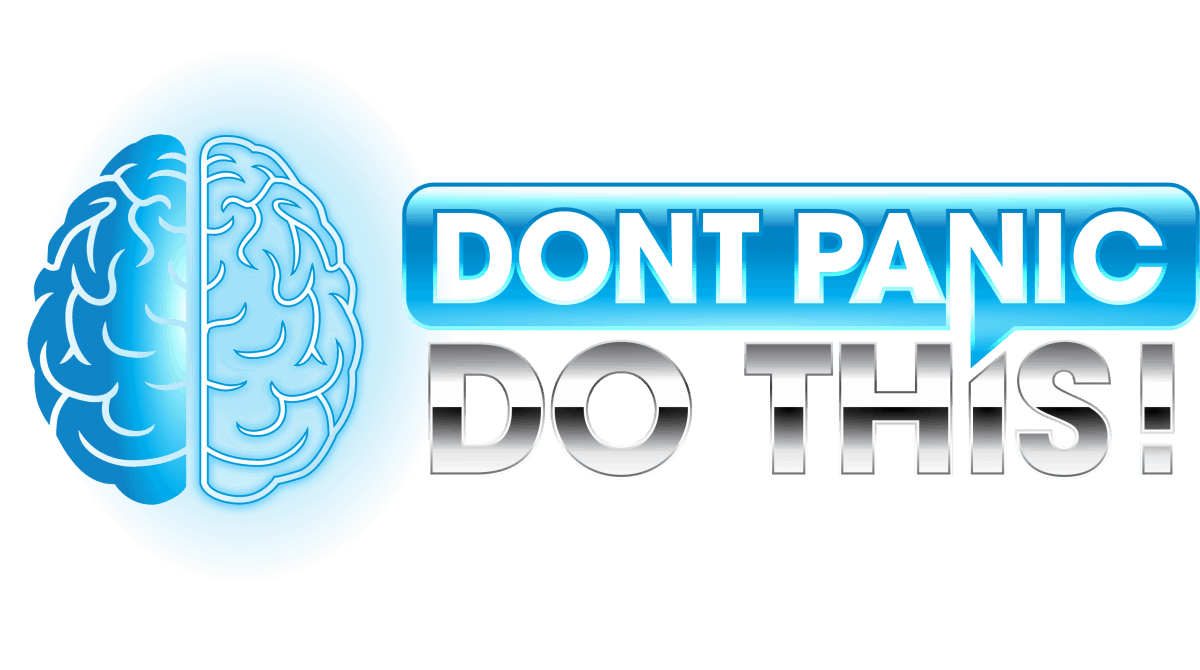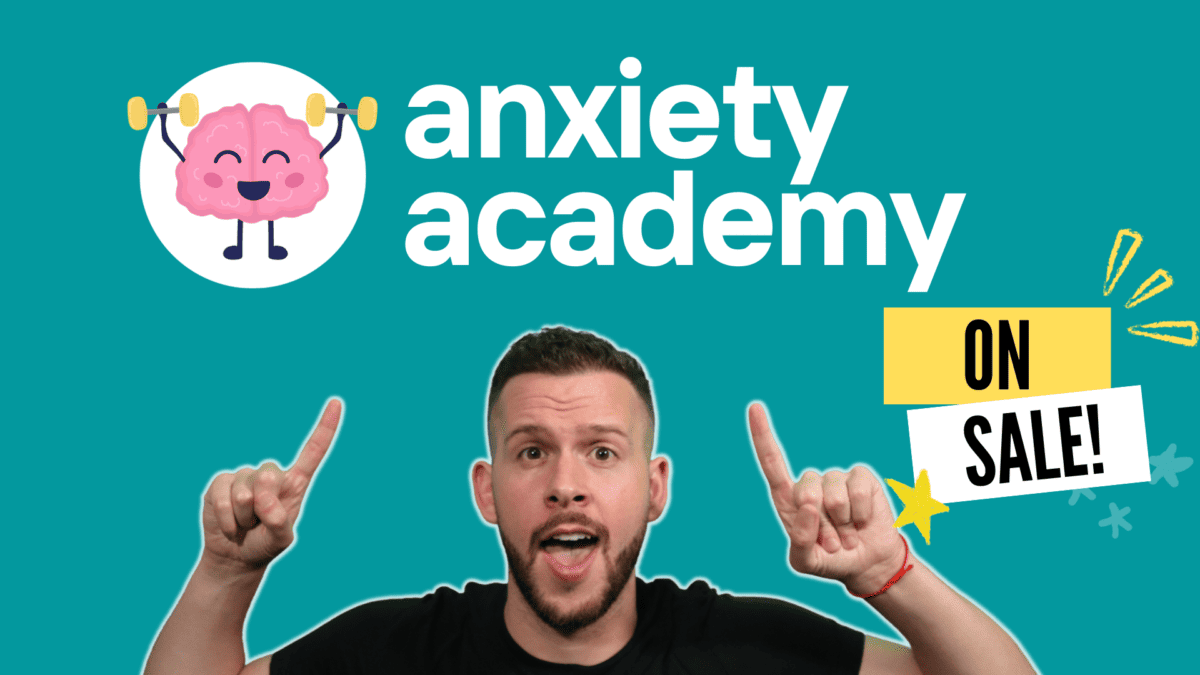After reading many TouchPoints reviews, I decided to try the TouchPoint Solution for a month to see if it really works and is worth buying. They claim to reduce stress by 74% in 30 seconds, improving sleep and focus. But do these TouchPoints actually work to reduce stress and anxiety? Here's what my own TouchPoint review found:
Review of: TouchPoints
Use: Stress-Reducing Wearable
Effectiveness
Reduces stress for some people.
Ease of Use
Put them on and push the button.
Design
Loud and ugly.
Annoying straps.
Value
Cheaper than many competitors.
What I Like
What I Dislike
Summary: Touchpoints may reduce stress and anxiety for some people. However, most people won't want to use Touchpoints in public. Bright lights and loud vibrations emitted from the gadget can draw unwanted attention.
Finding reliable and affordable stress-relief gadgets can be... stressful, ironically. That's why I tried Touchpoints for one month to save you the guesswork!
From $190 (Minus 12% with Coupon Code: DONTPANIC)
Whether or not this gadget will work for you is... a complicated question. One we'll have to dive a bit deeper into my TouchPoint review to answer.
TouchPoints Reviews: What are People Saying?
You didn't come here for my opinion alone. First, let's talk about all the other TouchPoints reviews already out there.
TouchPoints have received mixed reviews.
Some people have found them helpful for relieving stress and anxiety, aiding sleep, and soothing children with ADHD or autism. One TouchPoint reviewer even used it to help with PTSD symptoms. On the other hand, there are also people who have found the bands to be entirely ineffective.
So, will TouchPoints work for you?
The general consensus from these TouchPoint reviews seems to say: Maybe.
Results vary from person to person. Unfortunately, you won't know how they work for you until you try them.
Good thing the company offers a 30-day return policy for refunds!
TouchPoints Review: My Experience
What's Included with TouchPoints (Unboxing)
Despite many mixed TouchPoints reviews, I decided to give them a chance.
I immediately liked their simplistic packaging. Inside the box is:
- Two TouchPoints (the little square vibrate-y things)
- Two watchband-like straps
- Dual-pronged micro-USB charger
- Carrying bag
- Instructions (I skipped 'em!)

That's it. The device, the charger, the instructions, and a bag you'll throw out.
I'm really not a fan of receiving 20 unnecessary "fluff" accessories, so I was pretty happy with this. If you decide you want accessories, they offer a number of them on their site (upgrade to a stainless steel wristband, clothing clips, etc.).
Getting started was so simple, I skipped right over the instructions...
How to Use TouchPoints
For first-time use, you'll need to attach the two touch points to the wrist straps. This can be a bit of a hassle because of the outdated-looking rubber watch bands provided (seriously, this thing looks like your dad's first Casio).
With the wrist bands secured, here's how to use TouchPoints:

The green light, blue light, yellow light, and purple light denote the various modes.
Note: Skin contact is not necessary for the product to work. As long as you have this wearable device on both sides of the body, the haptic micro-vibrations should offer a non-invasive way to distract you from stressful events. Each touch point could even be clipped to clothing if you prefer it.
My Experience with TouchPoints
I used one touch point on each wrist, twice per day for 20 minutes (morning and night) over the course of a month. During this time, I paid close attention to my stress levels, quality of sleep, and heart rate variability (HRV).
My goal was to assess whether or not TouchPoints were actually working for me.
The results?
TouchPoints for Heart Rate Variability (HRV)
I didn't notice any significant improvement in my HRV. Although to be fair, I generally maintain a high HRV and it would be difficult for a stress gadget to improve this further. I may try this experiment again to test it on someone with a lower HRV.
TouchPoints for Stress Reduction and Sleep
Stress levels are tricky to quantify without measuring cortisol levels. I can't say I felt stressed out while using TouchPoints, but I also can't claim they were decreasing my stress. I can see how the vibrations from the device might be relaxing or soothing to someone else. Some people may sleep better from this, but I slept about the same.
TouchPoints for Anxiety Relief
This tool wasn't helpful for me as a way to cope with anxiety. It's possible some people could find TouchPoints soothing for mild anxiety. For anything approaching moderate or severe anxiety, I would have to recommend another approach.
What I Hated About TouchPoints
Overall, I think this product might be a decent option for some people.
It's not the best device I've used, but at least it's cheaper than the superior products.
If their team ever reads this TouchPoints review, here's my honest suggestion: Reboot the design.
This is my honest, constructive criticism. Even if TouchPoints were the most calming wearable ever invented, I'd still never use them in public.
Here are my biggest complaints about the TouchPoint wearables:
- Dated Rubber Straps: Needlessly tedious to put on vs newer-styled bands. If you wear a watch or fitness tracker, getting them on becomes even more annoying. I recommend upgrading to the stainless steel mesh wristband.
- Ugly Design: I don't like to call anyone's baby ugly, but these bad boys really do look like old-school seatbelts.
- Bright Lights: When in use, the device flashes brightly colored lights that cannot be disabled. It makes the bands look like something you'd wear to a rave. I was too embarrassed to take the trash out while wearing them.
- Loud Vibrations: Okay, so they're ugly... No problem, just wear them discreetly, right? Nope. The noise is loud enough to draw attention. Anyone hearing you use these in another room will assume you're doing something far naughtier.
Do I Recommend TouchPoints?
Now that I've used TouchPoints for a month (in the morning and before going to bed), can I recommend the product?
Well, I do think TouchPoints can help some people. I don't doubt it could be effective in reducing stress or the body's fight or flight response, I'd just set expectations for mild results. While TouchPoints can be used anywhere, I doubt you'll want to wear TouchPoints in public or anywhere outside the house due to its loud vibrate feature.
Until the company fixes this product's design flaws, I'd recommend something like the Apollo Neuro over this. Unfortunately, products like the Neuro are often twice the cost. If your budget is limited and tactile stimulation sounds like the sort of thing that might be helpful to you, by all means, give it a shot.
How do TouchPoints Work for Stress Relief and Anxiety?
The question of the hour: How do these buzzy doo-dads actually work?
The Science Behind TouchPoints
At the time of writing this post, the TouchPoints website lists 18 academic studies and 6 case studies to show the efficacy of their product. I spent hours pouring through neuroscience research and clinical trials to assess the validity of these studies. I found most to be only indirectly related to the product's function.
The good news is, bilateral tactile stimulation seems to be a valid way to reduce stress via activation of the parasympathetic nervous system.
But what about these devices specifically?
The primary mechanism behind the product is something called bi-lateral alternating stimulation-tactile technology (BLAST). Let's take a closer look at BLAST.
What is Bi-Lateral Alternating Stimulation-Tactile Technology (BLAST)?
The company behind TouchPoints claims they work due to something called Bi-Lateral Alternating Stimulation Tactile Technology (BLAST). But big words and clever acronyms don't stop stress, so let's take a closer look at the research.
Note: For those who I lost at "Bi-lateral alternating stimulation-tactile technology," this is just nerd talk for alternating vibrations on both sides of the body. This stimulates both hemispheres of the brain to calm the sympathetic nervous system and reduce general stress. BLAST should work on any part of the body as long as the sensation can be felt on both sides. It should work just as well on the ankles or clipped at the waistband.
The company sponsored a few studies into their technology. Some of these sponsored studies have yet to be peer-reviewed and could present conflicts of interest, but the findings were still interesting. Here's where their "74% reduction of stress in 30 seconds" claim comes from. [1]
The study I found most interesting measured stress-related cortisol and anxiety reduction following use of the TouchPoint devices. It found the devices helpful for reducing physiological stress and subjective levels of emotional stress. [2]

Apollo Neuro vs TouchPoint
I don't like to recommend products I wouldn't use myself.
Although I think TouchPoints could work for some people on a budget, gadgets like Apollo Neuro may be a better option for some people. I've recently received my Apollo Neuro in the mail and am excited to start using it. It certainly appears to be a more discreet and "smarter device" than TouchPoints; but it's also more than twice the price.
I'll update this article once I've had time to try Apollo Neuro and can give it a proper comparison to the TouchPoint Solution.
Conclusion
Did I experience a 74% reduction in stress in as little as 30 seconds of use? No, I don't think I did. But, to be fair, I'm not often stressed to begin with and don't usually need external coping mechanisms.
Despite not loving the product for my own personal use, I could see value in it for other people. If you're looking for a way to reduce your body's stress response, this might be a viable option. Just don't expect it to be a discreet anxiety device you can use in public (like during a presentation). It's loud, it's ugly, and it can draw unwanted attention, but maybe it'll work for you.
If you found this TouchPoints review helpful and decide to give it a shot, use my coupon code: DONTPANIC for 12% off your order.
Let me know what you think!
FAQ
TouchPoints start at $190 with silicone wriststraps. Upgrading to the stainless steel mesh (recommended) will cost an additional $15.
Click here and use code: DONTPANIC for 12% off your purchase price.
It's standard to wear them on your wrists. I highly recommend upgrading to the stainless steel mesh bands, because the standard silicone bands are a hassle to put on. You could also buy the clips or sweatbands.
As long as you can feel the device vibrate on both sides of your body, it should be working. You could even forgo the wristband and put a touch point in each sock, or hold them in your hands. Skin-to-skin contact is not required for them to work.
The battery life is pretty good. If left on, they'll vibrate for about two hours before needing a recharge. If used as intended, the charge should last you a few days.
They are splash resistant, but not waterproof. They will likely break if taken into the shower, bath, or pool.
I wore them for about 20 minutes before bed, which is the general recommendation.


